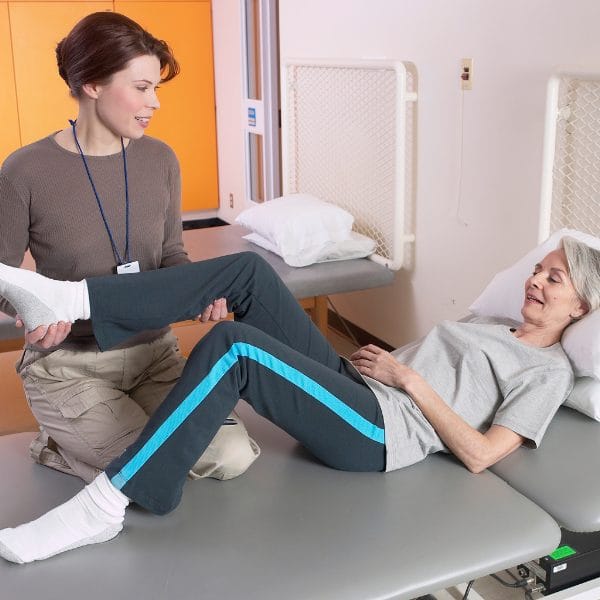Physiotherapy, Physical Therapy and Your Posture

Understanding Physical Therapy
Physical therapy, also known as physiotherapy, encompasses a broad range of treatment options aimed at physical care and rehabilitation. It is commonly offered in both primary healthcare facilities like hospitals and private practice settings. The primary goal of physical therapy is to maintain and restore movement and functional ability. Physical therapists, or physiotherapists, use a variety of techniques, including:
- Ultrasound
- Exercise prescription
- Manual and manipulative therapy
- Electrical stimulation
- Massage
- Strength training/resistance training
- Exercise therapy
- Balance training
- Gait training
Discover a practitioner near you.
Looking for a practitioner near you? Our extensive network of qualified professionals is here to help you.
Role of Physical Therapy in Posture
Posture refers to the physical orientation of a person or animal during or between movements, such as sitting, standing, and lying down. It is influenced by muscles, bones, nerves, and joints. Physical therapists play a crucial role in diagnosing and treating physical impairments, loss of physical function, or pain caused by physical injuries or diseases. They are particularly adept at identifying issues with posture that cause discomfort or affect the ability to perform daily activities.
Initial Evaluation and Treatment Plan
A physical therapy session typically begins with an evaluation, which includes:
- Taking a thorough case history
- Observing movement patterns
- Testing muscle strength and balance abilities
- Assessing range of motion
- It’s important for patients to inform their therapists about any relevant physical conditions, injuries, or surgeries to ensure comprehensive care.
Following the initial evaluation, physical therapists design a personalized treatment program that may include:
- Specific exercises for posture improvement
- Strengthening activities
- Education on injury prevention
- Utilization of physical aids
- The approach to treatment can be either very active or more passive, depending on the therapist’s expertise and the patient’s needs.
The Importance of Postural Education
Physiotherapy advocates for postural awareness and re-education. In modern lifestyles, where flexed postures are common, the ability to reposition oneself after a period in flexion is critical for preventing low back pain and other injuries. According to Donal & Green (2006), “within physiotherapy practice, the ability to reposition to an upright posture is considered important for postural education.”
Physiotherapy and Physical Therapy Professional Regulation
The practice of physical therapy varies between countries, influenced by local legislation and the level of training provided. In many countries, physical therapy is a regulated profession, ensuring that practitioners meet specific standards of practice. Physical therapists often work as part of a multidisciplinary healthcare team, collaborating with other health professionals to provide comprehensive care.
Find Expert Posture Practitioner Near You
Discover our Posture Focused Practitioner Directory, tailored to connect you with local experts committed to Improving Balance, Reducing Pain, and Enhancing Mobility.
